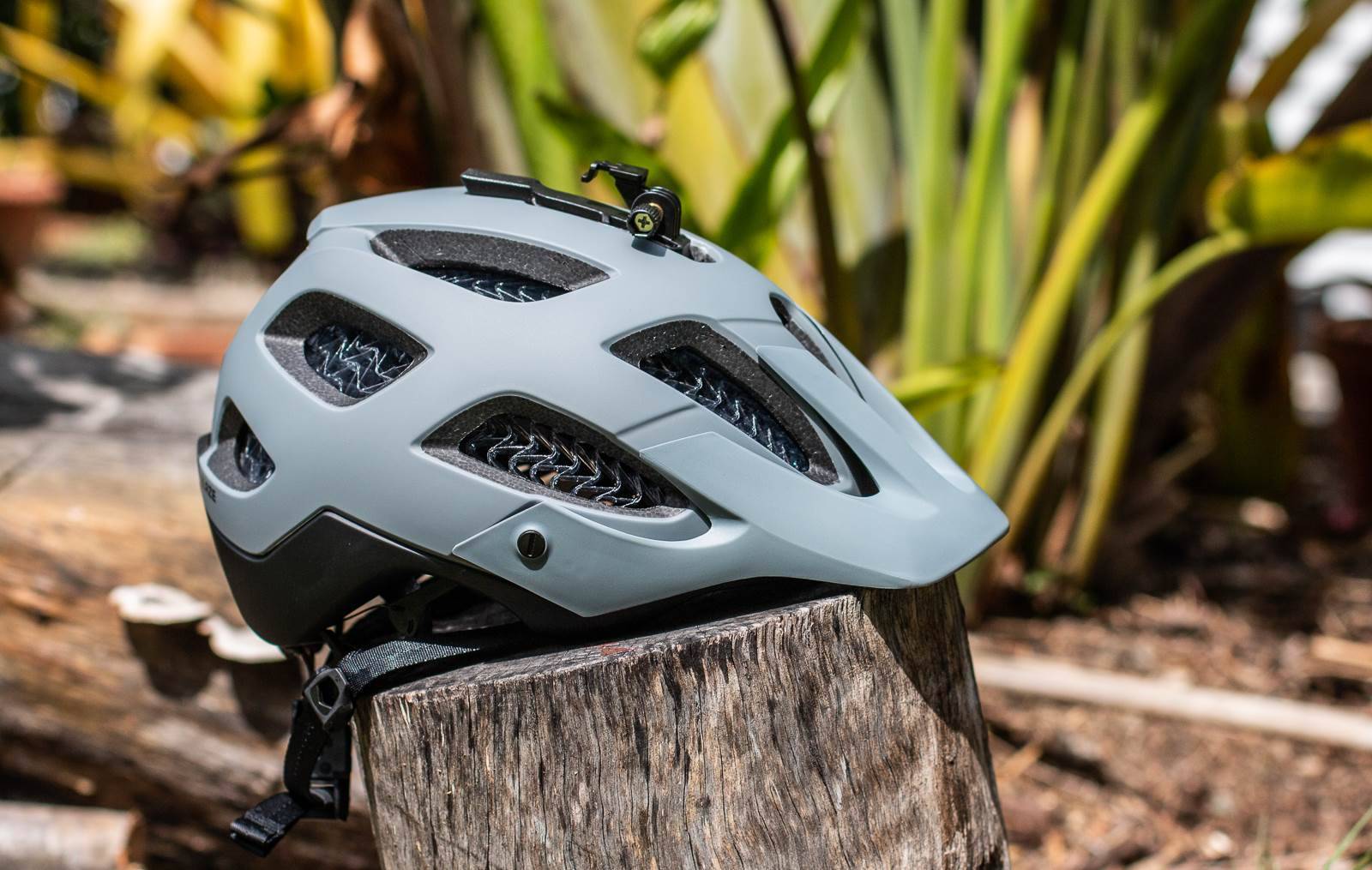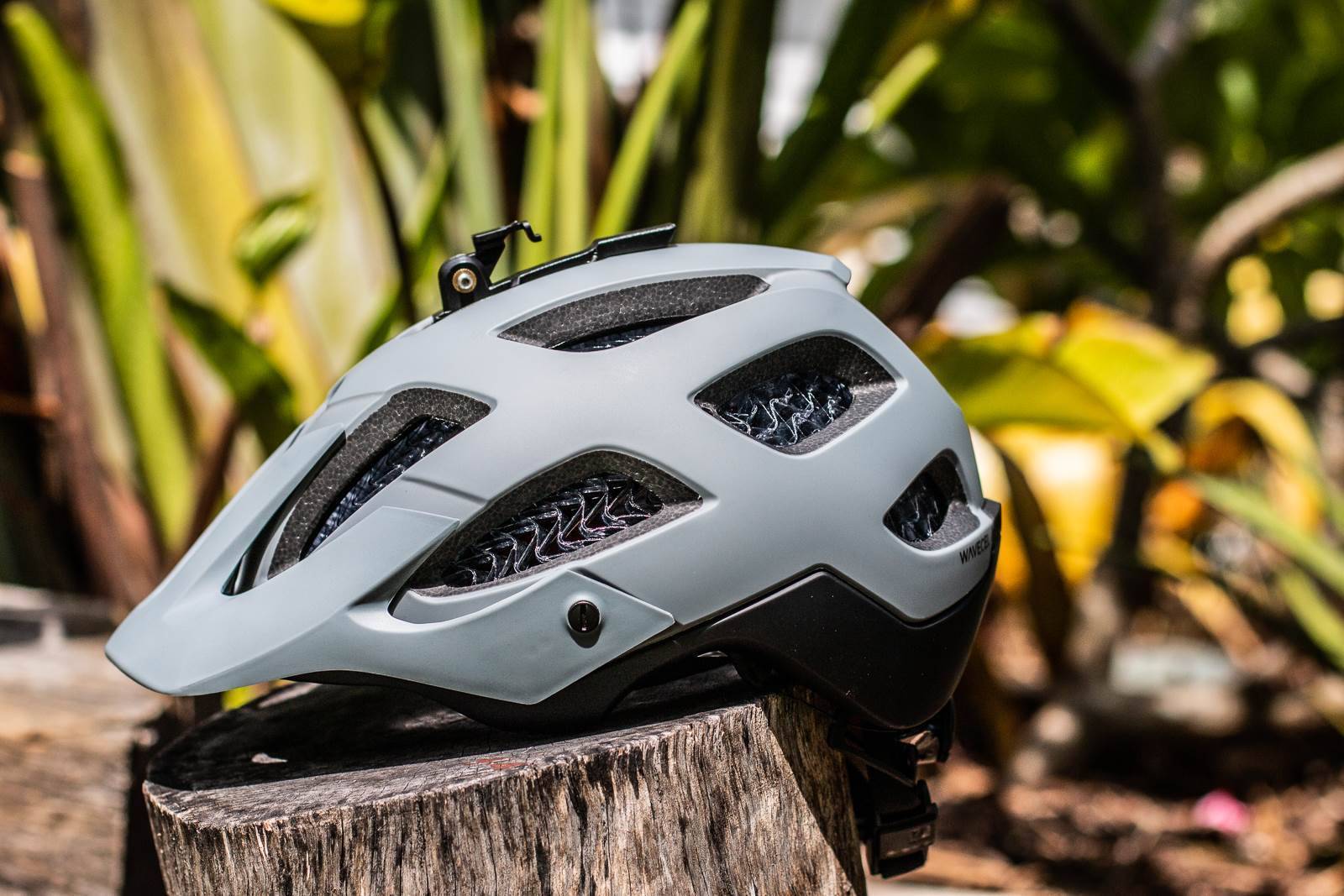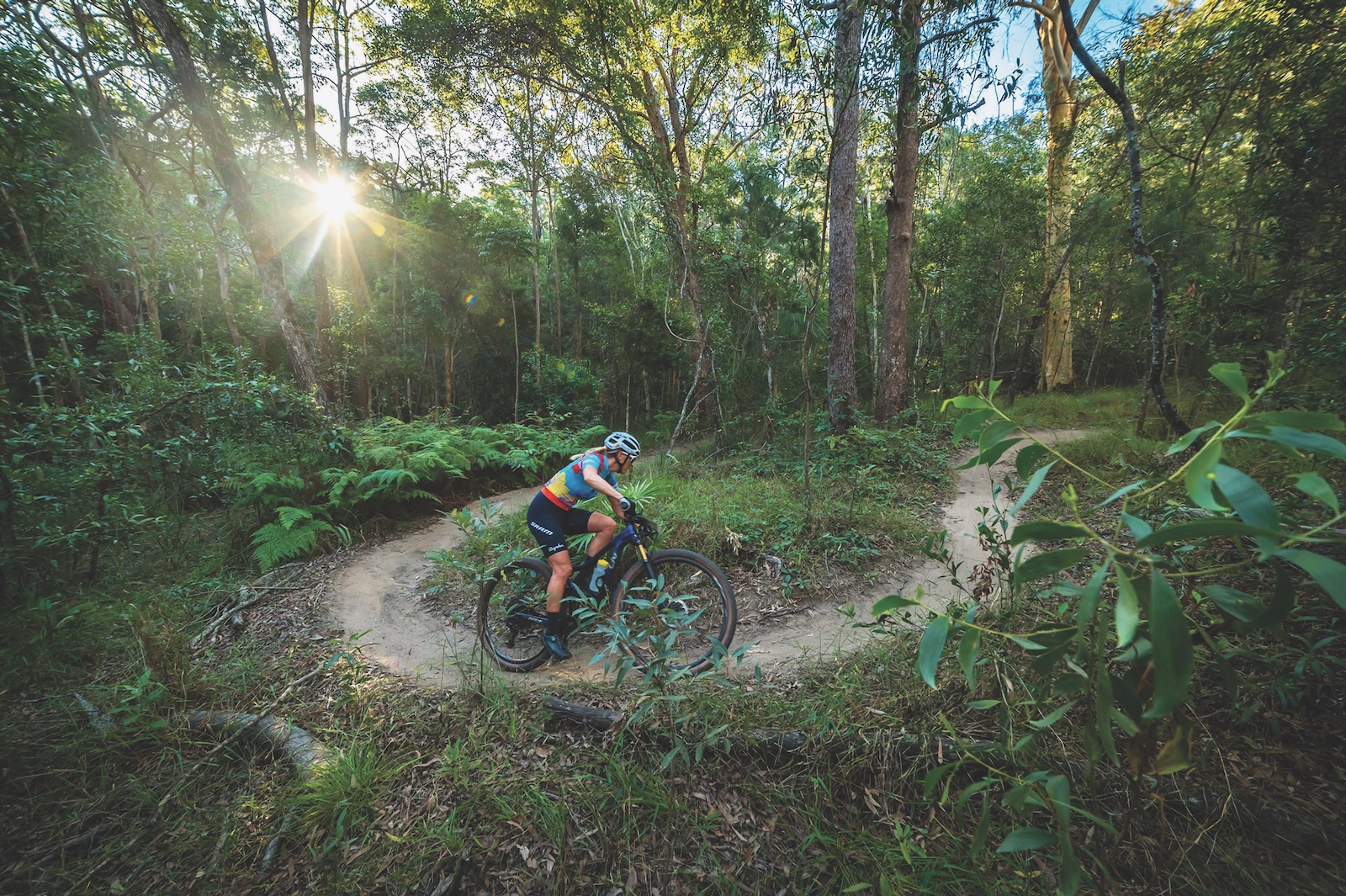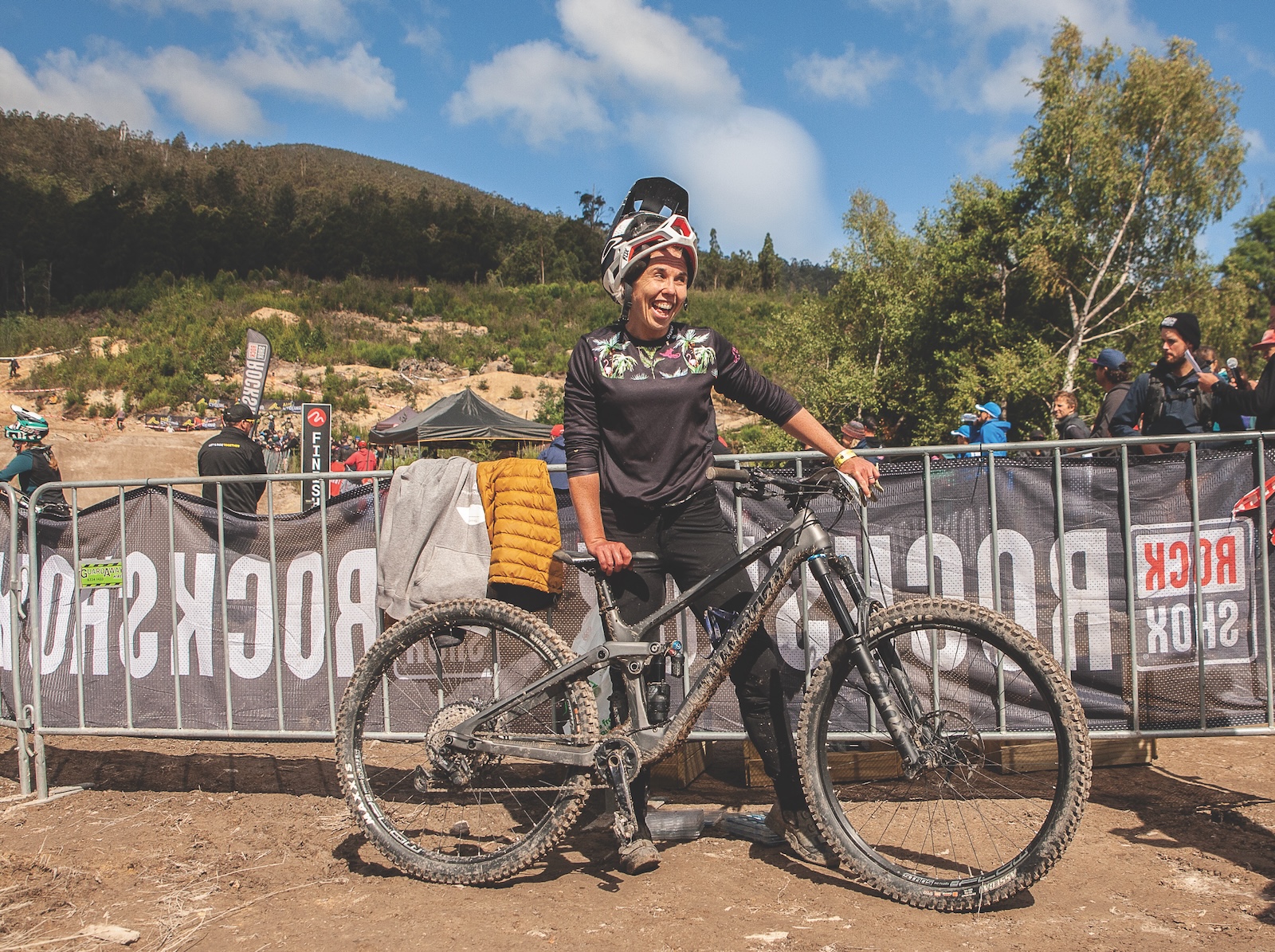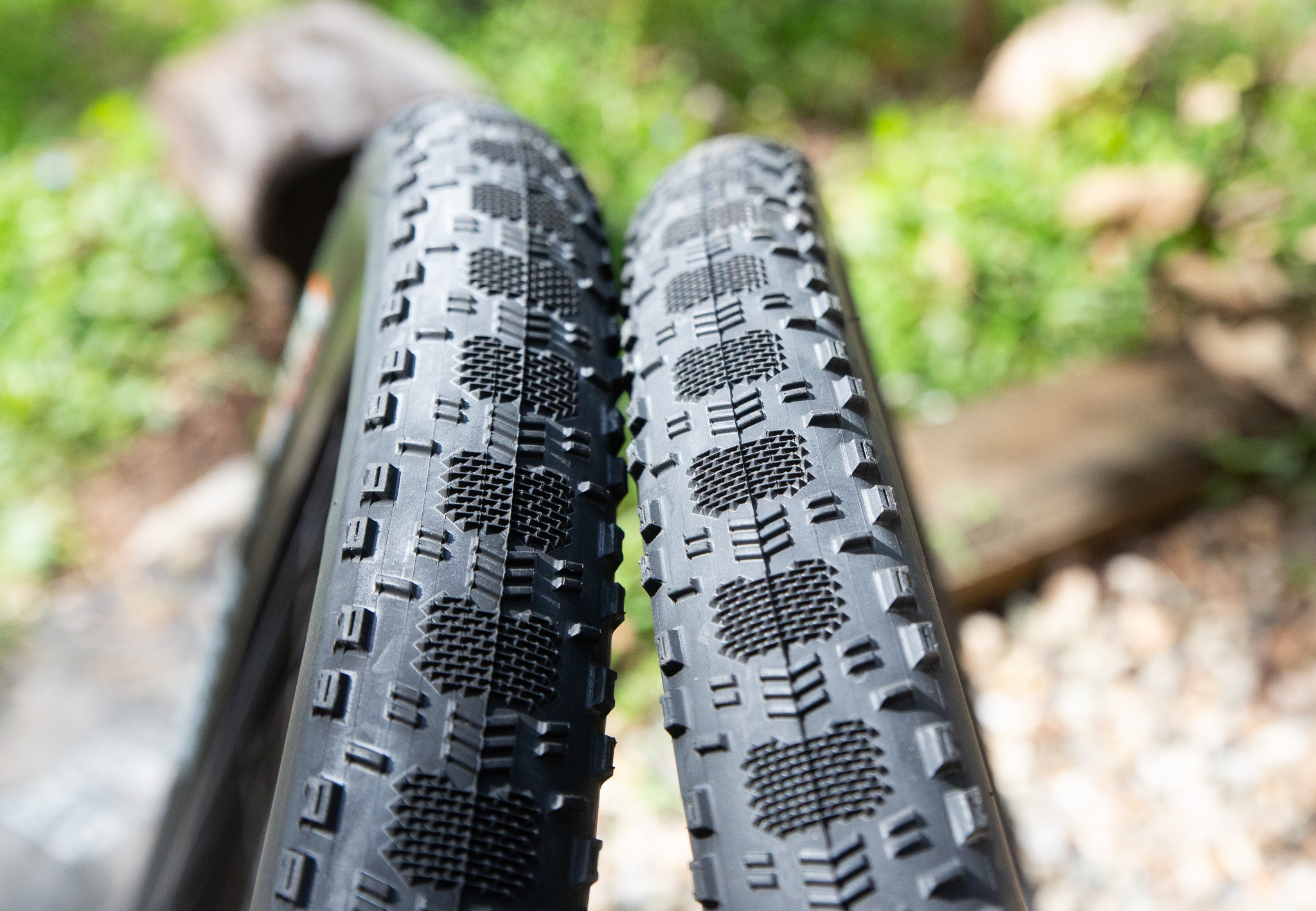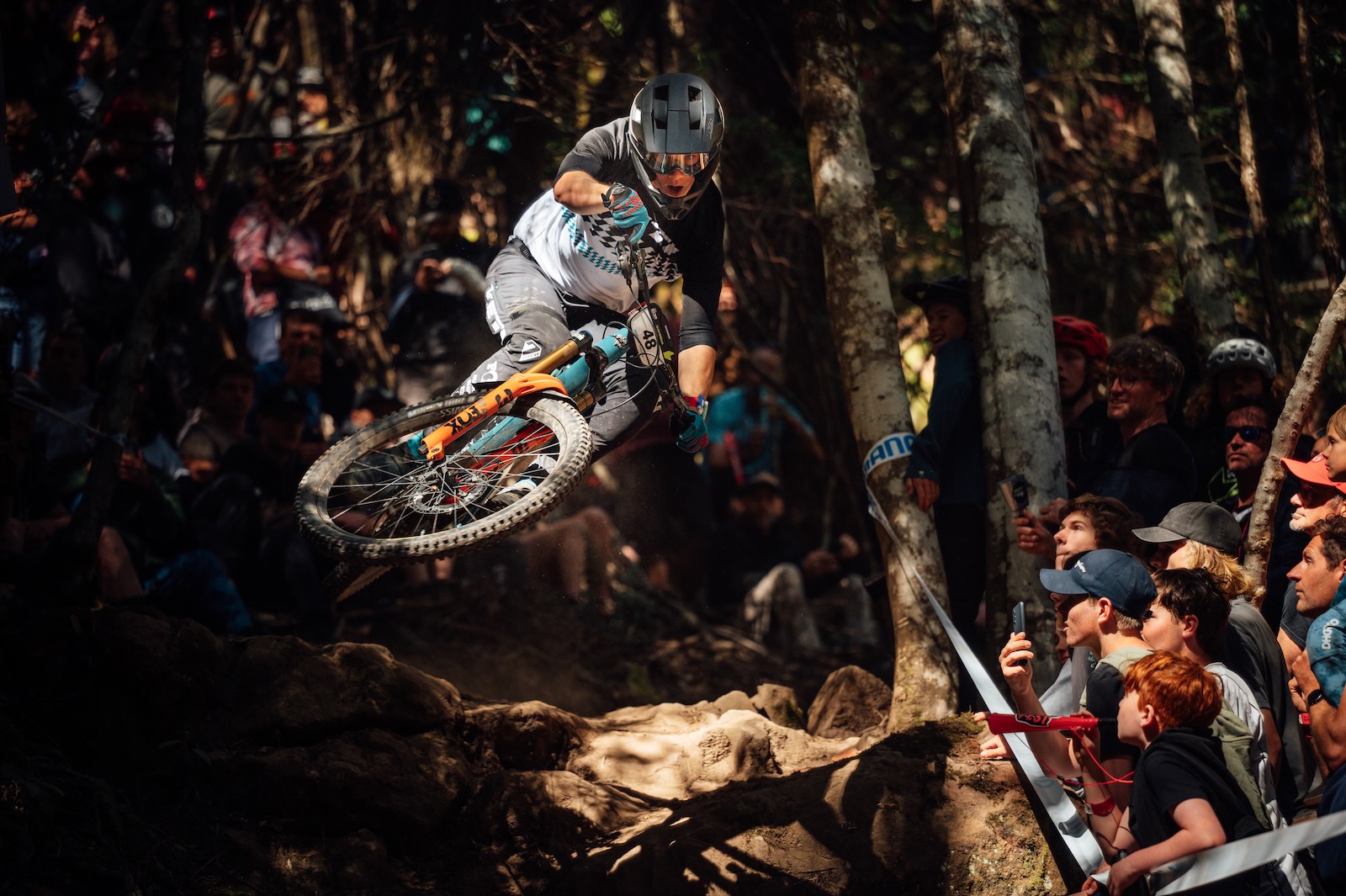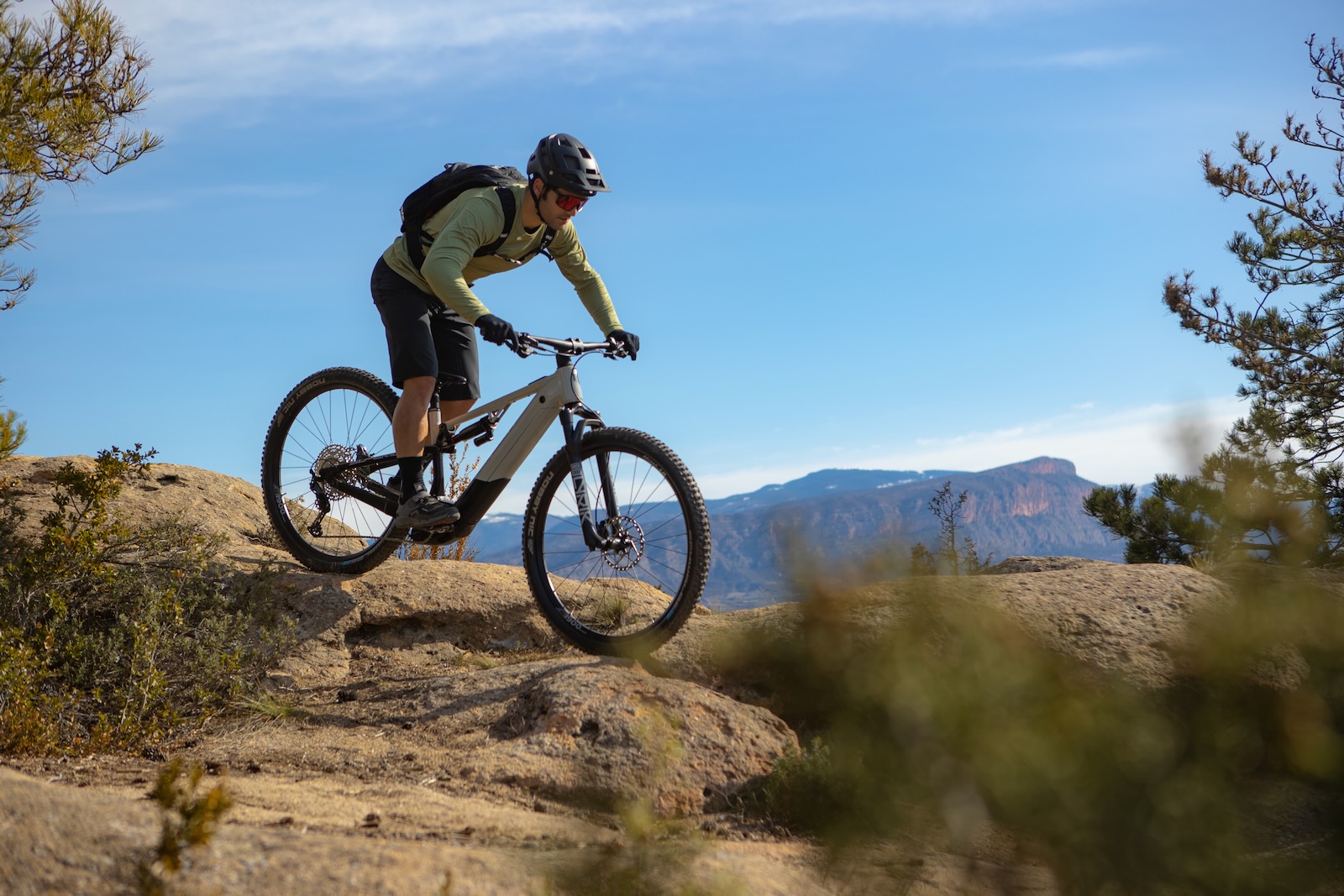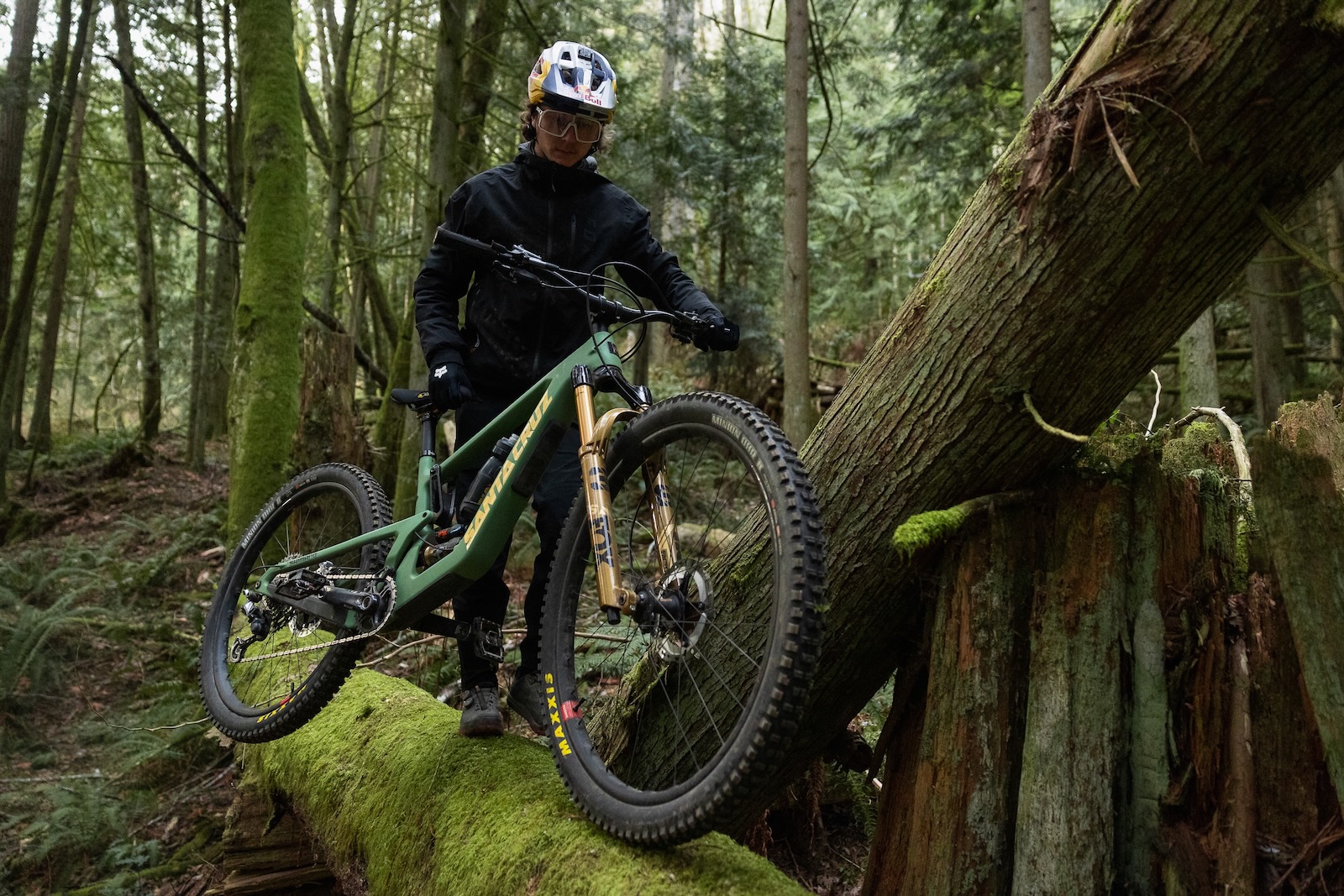Bontrager WaveCel helmets claim to boost safety
Bontrager's new helmet range uses WaveCel, claimed to be 48 times more effective than EPS foam.
Today Bontrager released their latest helmet range for road, mountain and commuting cyclists. The one key component is WaveCel, a material cited to be 48 times more effective at preventing concussion in cycling related accidents when compared to a normal EPS foam helmet.
What is WaveCel?
Good question! WaveCel is a collapsible cellular material that lines the inside of Bontrager's new helmets. The material was developed by orthopaedic surgeon Dr. Steve Madey along with biomechanical engineer Dr. Michael Bottlang. They have collaborated for the past 25 years on a whole lot of things, and pioneered advances in fracture care, thoracic and pelvic trauma, and head injury prevention.
The two doctors have partnered with Trek's research and development team over the past four years to create the WaveCel helmet range.
How does it work?
The problem with a standard EPS foam bike helmet is that it only really works for your standard impact. And most bike crashes aren't that standard, they aren't limited to a single blow without rotational forces.
MIPS liners act in a similar way, helping with the rotational force, which makes the direct force less. WaveCel goes a step further, as it flexes, then crumples, then glides. Each step helps disperse the force of an impact. This is almost a fluid motion, moving the forces away from your skull – not unlike the cerebrospinal fluid inside your skull that helps cushion your brain.
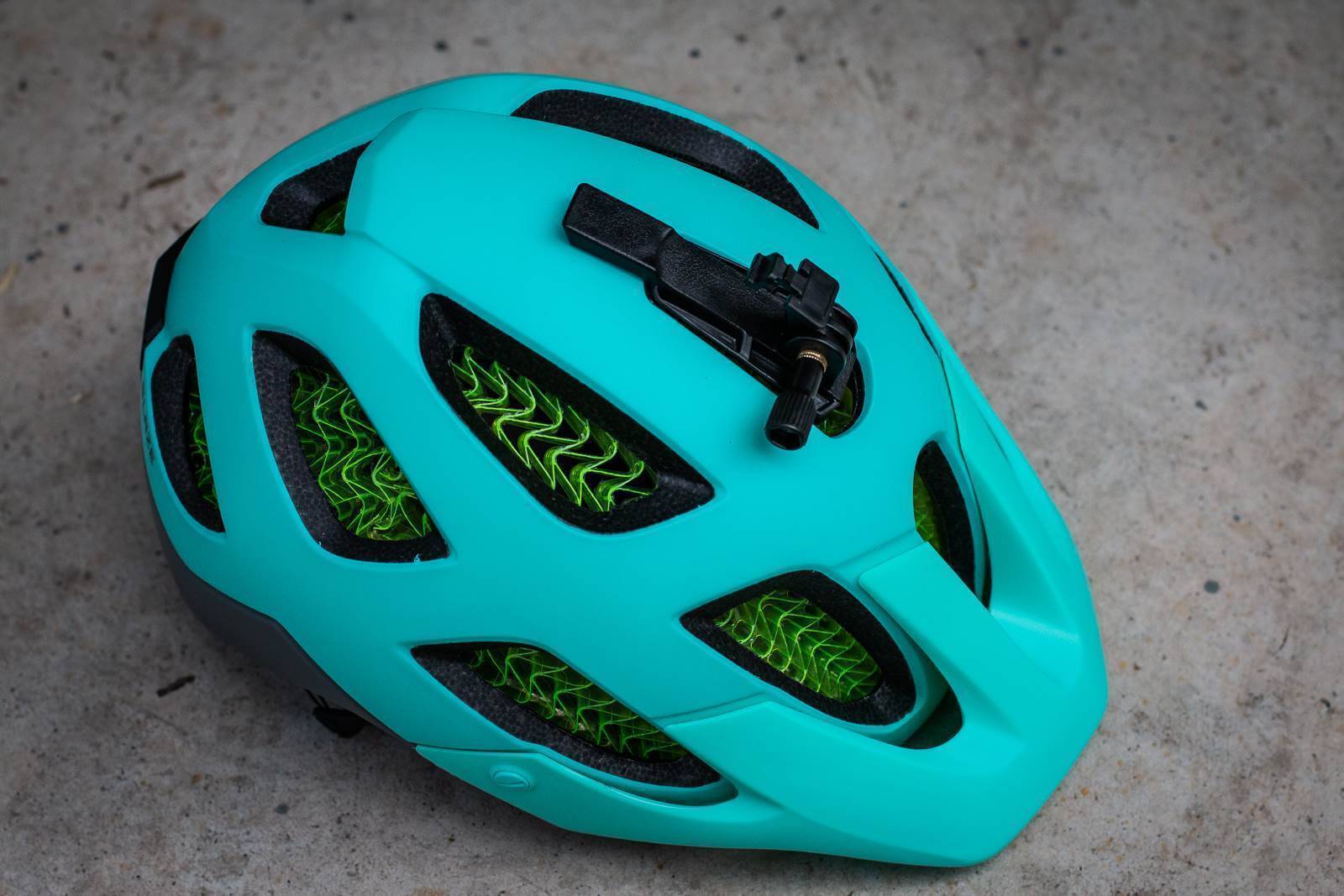
Every model in the all-new Bontrager WaveCel helmet lineup received the highest marks in Virginia Tech's five-star ranking.
"For nearly a decade, we have been testing and rating helmets across industries to determine the products that will best reduce head injury risk," said Megan Bland, a doctoral student and graduate research assistant from Virginia Tech. "Helmets that receive higher ratings offer considerably more protection compared to other popular helmets on the market."
What does it look like?
Wavey cells! The Bontrager WaveCel Blaze helmet still looks like a normal trail helmet. It has large vents, a visor, a sweet BOA adjustable retention system. There is still an ouer section of EPS foam, but it is far thinner than a normal helmet, and it still has a microshell bonded to that for durability.

The WaveCel is the inner lining, accounting for about half the volume of the helmet. The WaveCel should allow excellent airflow, and the liner pads are quite thin which helps with the comfort on your head, and a precise fit.
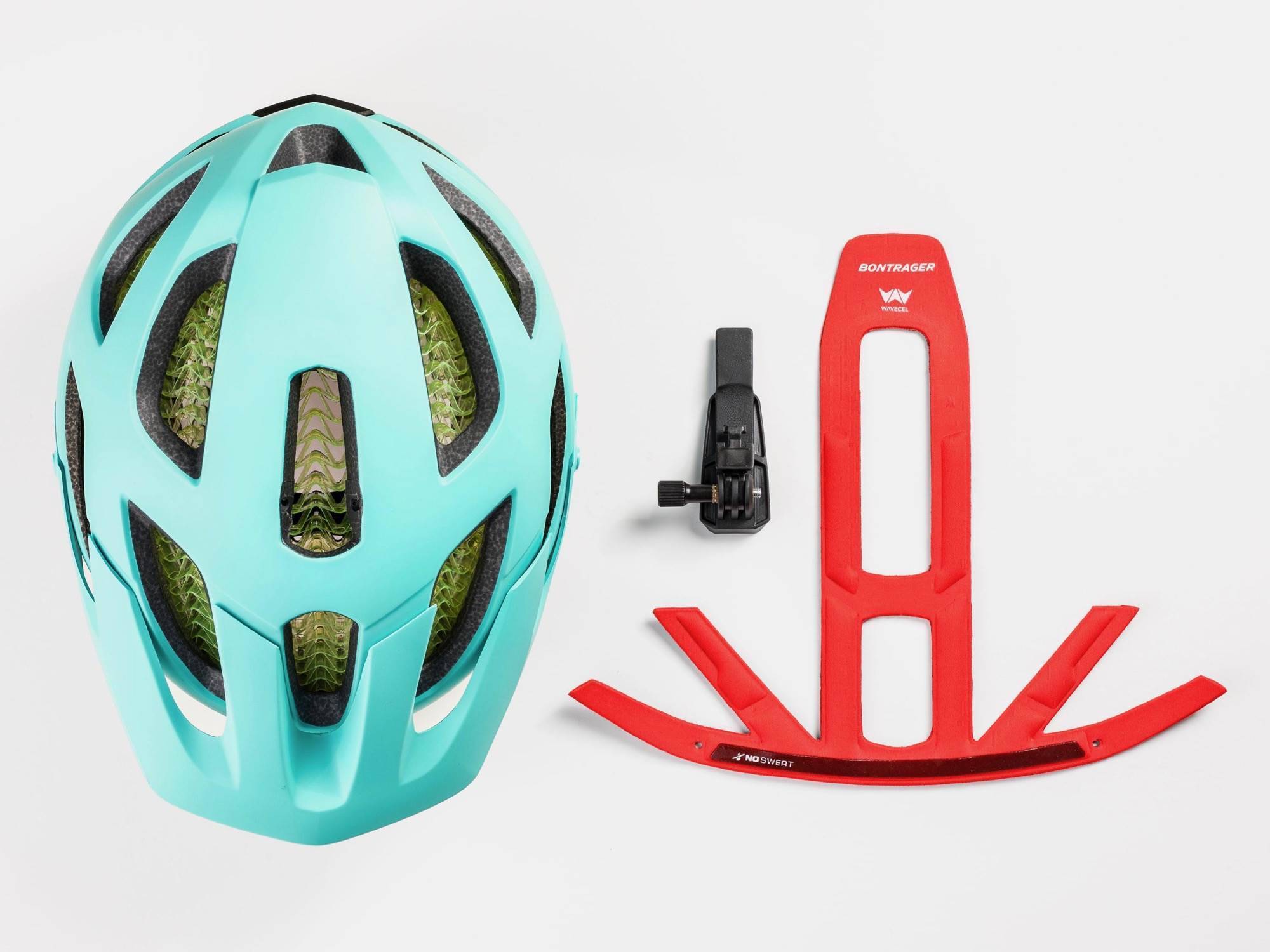
There's a nifty GoPro style light or camera mount, that secures at the front and is then held by a magnet. It should pull off quickly in an accident, so it would cause further injury.

So will WaveCel helmets make me invincible?
No. There's not really any item of protective gear on the market that is going to let you walk away from foreseeable impacts every time. But there is evidence from Trek and Bontrager that a halmet with WaveCel has a greater success rate of reducing the chance of brain injury compared to normal EPS foam. Tests are performed in a lab, as that's the only way to guarantee controlled and repeatable conditions. So while it would be great to know how it works out on the trail – the reality is you won't find anyone happy to rag doll many times down a rock garden, the same way every time.
Ok, what do they cost?
Well they're a premium helmet, and the Bontrager WaveCel Blaze will cost you $349. They do come with Bontrager's crash guarantee, which means if you crash in your first year of use with it – they'll replace it for free.
And like any helmet, it has to be replaced after being crashed on. It's just not worth holding onto.
We are passing a helmet on to one of our regular contributors Anna Beck, who deals with head injuries a lot in her day job. She'll deliver a long term review of the helmet for fit, comfort and style – and cut through any of the jargon for the safety details.
Any Trek dealer should have these in stock right now, so drop in to try one on. It feels about the same as any other helmet, just about 50g heavier or so. And if they act even half as good as Bontrager claim when you need them to – that's two big thumbs up.
